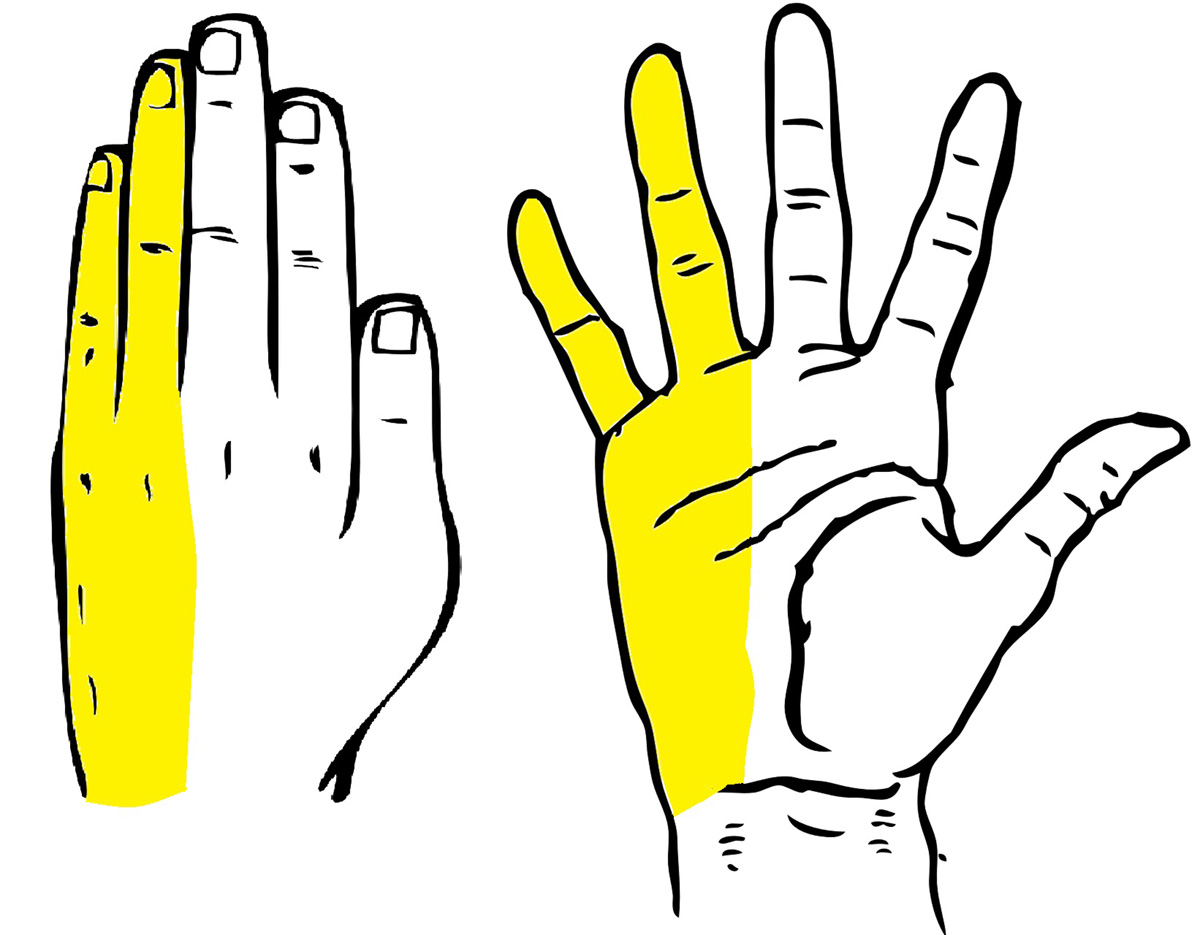
Ulnar Nerve Surgery - Why is it Done?
The ulnar nerve is the nerve in charge with innervation of the skin (the little finger and half of the ring finger) and certain muscle of the upper limb. It is actually one of the three major nerves of the upper extremity. The ulnar nerve starts at the collar bone and extends to the elbow, goes behind the elbow and it finally ends in the little finger.
Due to its delicate anatomical position the ulnar nerve can get easily compressed or trapped. This generally occurs to the part of the nerve that passes next to the elbow. In case of ulnar nerve entrapment in the elbow patients undergo surgical decompression. The very pressure of the ulnar nerve leads to pain and tingling sensation as well as numbness of the little finger and half of the ring finger. There may be weakness of certain muscles as well. There are a couple of surgical approaches performed in case of compression or entrapement of the ulnar nerve and they include decompression of the ulnar nerve and its transposition to a new location and a medial epicondylectomy, a removal of a bony prominence in the elbow (which can be responsible for bruising of the nerve).
Risks of Ulnar Nerve Surgery
The success of ulnar nerve surgery is much lower comparing to carpal tunnel release. All risks can be classified into risks associated with the operative site and those connected to anesthesia.
During the procedure there is a risk of damage to the muscles, nearby nerves, blood vessels and the elbow joint. Serious damage to the nerves that innervate the upper extremity may cause loss of sensation in the specific area, increased burning sensation, paralysis or weakness. There are several more complications such as bleeding, infections, stroke, coma and death. In case the surgery fails the initial symptoms linger. The surgery is performed under general anesthesia hence the risk connected with all the drugs administered during the procedure.
Recovery after Ulnar Nerve Surgery
During the recovery time patents are forbidden to lift any objects at all. Numbness of the operated area may last for a while but it eventually subsides. One does not have to stay in bed but he/ she also must not engage in any kind of physical activity that may put pressure onto the operated area. The injury can be prevented with a sling.
Patients may shower but the operated arm must be covered with a plastic wrap. This wrap prevents water from entering the bandage. This is supposed to be followed until the sutures are taken out.
If blood or some fluid drains from the wound one is due to consult a doctor as soon as possible. Fever and chills must be reported as well. Pain is controlled with prescribed painkillers. And finally, the operated nerve completely heals within 6-18 month.



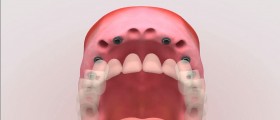
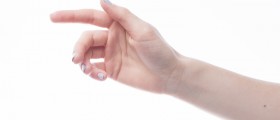
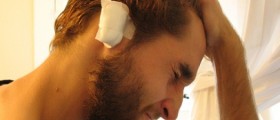


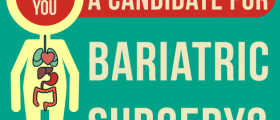



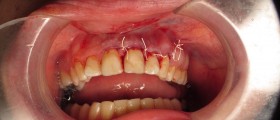


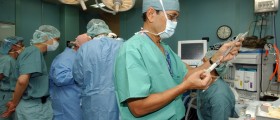

Your thoughts on this
Loading...